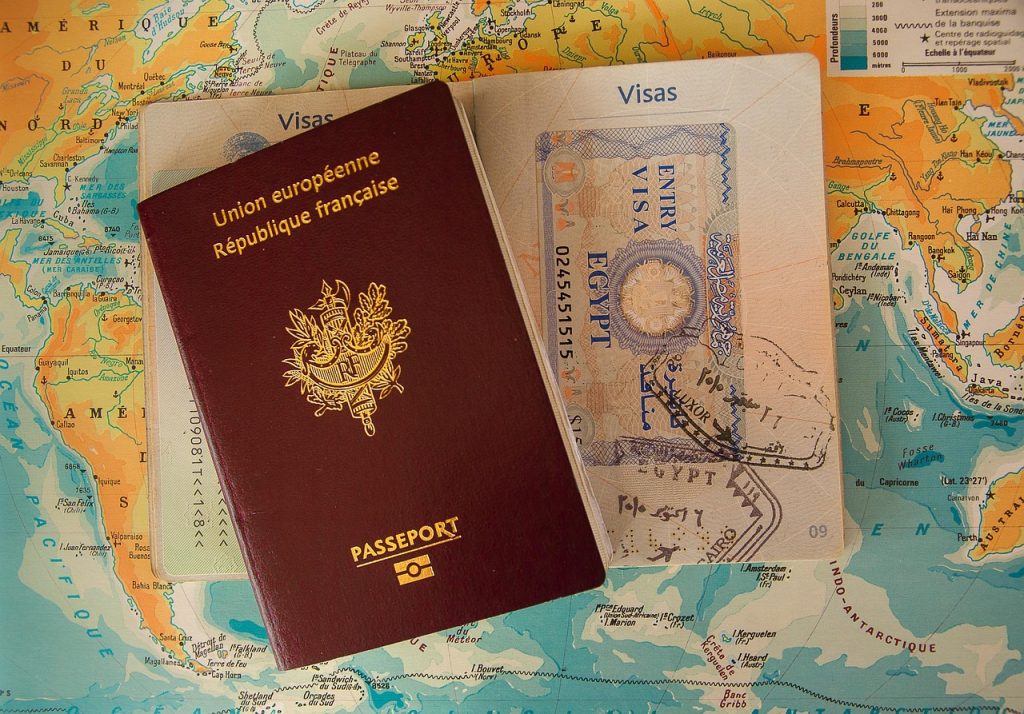Introduction
Receiving a visa refusal does not mean your journey is over. Depending on the visa type and the country, you may be eligible to appeal, request an administrative review, or simply reapply with a stronger case. This guide outlines the steps you can take after a refusal, and which route may be right for you.
Step 1: Review the Refusal Letter
Before taking any action, read the refusal letter carefully. It typically includes:
- The exact reason(s) for refusal
- Whether you are eligible to appeal or request a review
- Time limits for action
- Reference number and case officer comments
Keep a copy of this letter for future use. Understanding the reason for refusal is key to avoiding the same mistake.
Step 2: Understand Your Options
Your available options usually fall into one of the following:
1. Appeal the decision
If you believe the visa officer made an error, you may file an appeal. This is usually available for family, human rights, or settlement visas.
2. Request an administrative review
This is typically used for points-based visas (such as student or work visas in the UK) when you believe a mistake was made in assessing your application.
3. Reapply
In most cases — especially for visit or study visas — you can submit a new application correcting the issues that led to the refusal.
Step 3: Country-Specific Processes
United Kingdom:
- Administrative Review is available for most visa categories.
- Appeals are allowed mainly for family or human rights-related cases.
- Deadline: Usually 28 days (outside the UK).
Canada:
- Formal appeals are limited to permanent residence categories.
- Most temporary visa refusals require a fresh application.
- You can request notes via GCMS to understand the refusal better.
Germany (Schengen):
- You can submit a Remonstration Letter (informal appeal) within one month.
- If the remonstration is denied, you may file a formal appeal in court.
United States:
- Most visa denials under Section 214(b) cannot be appealed.
- Applicants must reapply with stronger documentation or circumstances.
Step 4: Prepare Your Appeal or Reapplication
If appealing or requesting a review:
- Respond to every point mentioned in the refusal letter.
- Include new evidence, if available.
- Keep the tone factual and respectful.
- Use structured templates (available in our Visa Refusals Toolkit).
If reapplying:
- Correct every issue from the original application.
- Include a letter explaining how your situation has changed or improved.
- Be thorough with documentation.
Step 5: Consider Professional Advice
Immigration lawyers or licensed visa consultants can:
- Interpret refusal reasons more clearly
- Assist in drafting appeal letters
- Help prepare a stronger reapplication
Hiring a professional can make a significant difference, especially if you’ve been refused more than once.
Conclusion
Visa refusal can be frustrating, but it’s also a chance to reassess and improve your application. Whether you decide to appeal, request a review, or reapply, acting promptly and carefully is key. Visit our Visa Refusals section to access templates, reapplication tips, and legal advice resources tailored to each country.


